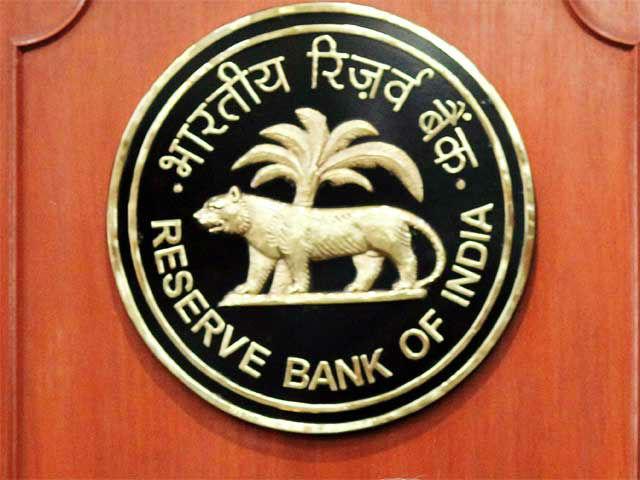The Reserve Bank of India was established on April 1, 1935 in accordance with the provisions of the Reserve Bank of India Act, 1934. The Central Office of the Reserve Bank was initially established in Calcutta but was permanently moved to Mumbai in 1937. Though originally privately owned, since nationalisation in 1949, the Reserve Bank is fully owned by the Government of India. The role of RBI is to oversee the development and working of overall financial system of country.

Role of RBI
The role of RBI is as follows:
- The Reserve Bank of India (RBI) is vested with the responsibility of conducting monetary policy. The Monetary Policy Committee (MPC) constituted by the Central Government under Section 45ZB determines the policy interest rate required to achieve the inflation target
- It conducts economic research work to promote growth of Economy
- It is responsible for the design, production and overall management of the nation’s currency, with the goal of ensuring an adequate supply of clean and genuine notes. Section 22 of the RBI Act gives the bank the authority to issue currency notes except one rupee notes which are issued by the Ministry of Finance. The Government of India is the issuing authority of coins and supplies coins to the Reserve Bank on demand.
- RBI acts as regulator and supervisor of banking sector through the provisions of the Banking Regulation Act, 1949. It aimed at protecting depositors’ interests, orderly development and conduct of banking operations and fostering of the overall health of the banking system and financial stability. The focal points for providing framework for regulation:
- Issuance of ‘licences’ for opening of banks
- ‘Authorisations’ for opening of branches by banks in India,
- governing foreign banks entry and expansion and approval of Indian banks to operate overseas,
- policy formulation, review and implementation on Prudential Norms, Basel – II and III frameworks, validation of quantitative models on Credit, Market and Operational Risks, Stress testing,
- International Financial Reporting Standards (IFRS), Securitisation, Resolution mechanism, etc.
- Monitoring maintenance of SLR and CRR by banks,
- Approving the appointments of Whole Time Directors & Part-Time Chairperson of Private Sector Banks and Chief Executive Officers of foreign banks operating in India, and their compensation packages.
- overseeing the amalgamation, reconstruction and liquidation of banking companies,
- policy issues relating to customer service,
- Anti-Money Laundering and Combating Financing of Terrorism and issuing of instructions regarding KYC
- regulation of financial institutions
- According prior approval for acquisition of 5% or more of the shares or voting rights of Private Sector Bank
- Inspect and supervise banks
- The Reserve Bank regulates the banking functions of StCBs/DCCBs/UCBs under the provisions of Sections 22 and 23 of the Banking Regulation Act, 1949 (As Applicable to Cooperative Societies (AACS)
- In terms of Section 20 of the RBI Act 1934, RBI has the obligation to undertake the receipts and payments of the Central Government and to carry out the exchange, remittance and other banking operations, including the management of the public debt of the Union. Further, as per Section 21 of the said Act, RBI has the right to transact Government business of the Union in India. State Government transactions are carried out by RBI in terms of the agreement entered into with the State Governments in terms of section 21 A of the Act.
Read Next: Government as Regulator of Banks
Download this article as PDF
Click to go to JAIIB Preparation Page